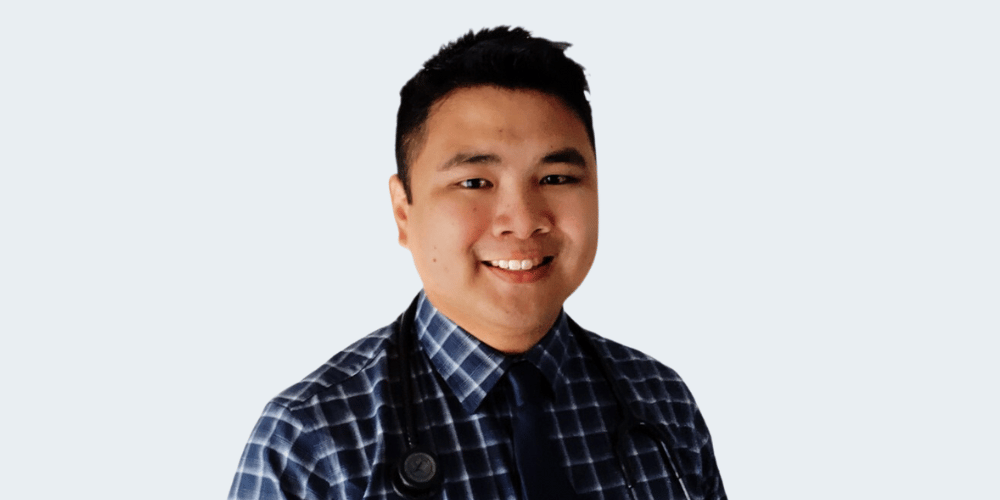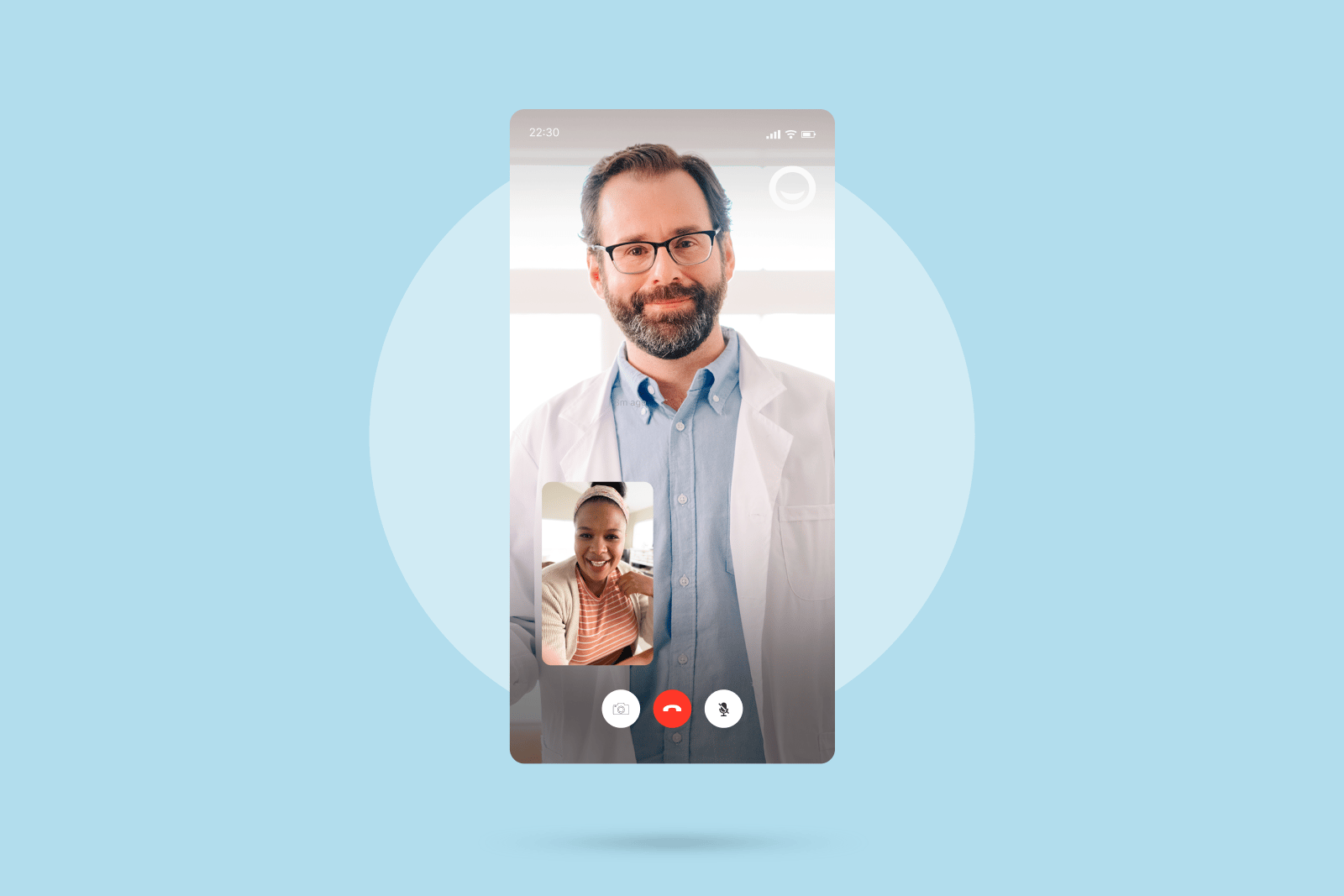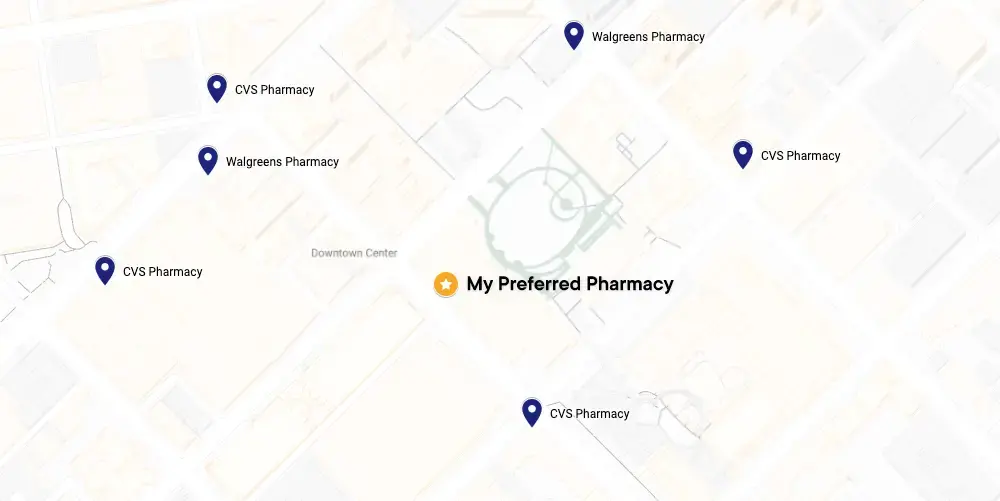

High blood pressure (hypertension) treatment available online today
In order to treat your hypertension, consult with one of our board-certified doctors online today to prescribe medications to bring your blood pressure down. Get a new prescription to treat hypertension or refill an existing prescription today.*

*Prescriptions are provided at the doctor’s discretion. Learn more about our controlled substances policy and how you can save up to 80% with our prescription discount card. PlushCare medical staff cannot treat all cases of hypertension. Our physicians can conduct an initial evaluation of your symptoms, but may need to refer you to a specialist or for in-person treatment. If you are experiencing life-threatening symptoms, seek emergency medical attention immediately.
Learn about high blood pressure (hypertension)
When your arteries are healthy and dilated, the resistance to blood flow is low, and blood flows easily through your body. But when your arteries are too narrow or stiff, resistance to blood flow increases, and therefore your blood pressure rises. This causes your heart to work harder than normal to pump blood through the body. The extra work thickens the muscles of your heart and further hardens or damages artery walls. The condition can also cause damage to your other organs, especially the brain, eyes, and kidneys.
High blood pressure causes
Most people with high blood pressure have primary hypertension, where no cause is known. However, about 1 in 20 people with hypertension have what is termed secondary hypertension. This means that your high blood pressure is caused by either another medical condition or from a medication you’re taking.
Listed to the right are some of the causes of secondary hypertension.
Chronic kidney disease
Hormonal conditions
Cushing’s syndrome
Hyperaldosteronism
Pheochromocytoma
Hyperthyroidism
Hyperparathyroidism
Obstructive sleep apnea
Medications and supplements
Pregnancy
Hypertension symptoms
Some common hypertension symptoms include:
- Shortness of breath
- Nosebleeds
- Headaches
- Confusion or fatigue
- Chest pain
- Vision problems
- Blood in urine
- Irregular heartbeat
- Pounding in your ears, neck, or chest
However, for most people with hypertension, there are no obvious signs or symptoms. This is why hypertension can go undetected for years if people do not have their blood pressure checked. In fact, 17% of Americans with hypertension are undiagnosed.
Unfortunately, the first sign that you have high blood pressure may be when you are already having signs of cardiovascular disease or have suffered a heart attack or stroke. This is why hypertension is known in the medical world as “the silent killer.” Blood pressure tests are simple and quick to perform, so don’t delay in getting yourself checked.
Hypertension treatment
Nearly one in two people with high blood pressure do not have it controlled, which likely contributes to the high rates of cardiovascular disease in America. In order to treat your hypertension, our doctors may prescribe medications to bring your blood pressure down. It is important that you take any prescribed drugs regularly and do not stop taking them, even after your blood pressure comes down, without talking to your doctor.
High blood pressure medications
High blood pressure is a condition that is treatable using a range of solutions, including several different types of hypertension medications. Your doctor will likely prescribe one or more of the following medications to treat high blood pressure:
Diuretics
Angiotensin-converting enzyme (ACE) inhibitors
Angiotensin II receptor blockers (ARBs)
Calcium channel blockers
The most common calcium channel blocker hypertension medications are:
Beta-blockers
The most commonly prescribed beta-blockers are:
Renin inhibitors
The most common renin inhibitor hypertension medications include:
Other medications
If you are still not reaching your blood pressure goal with the above high blood pressure medicine, your doctor may prescribe other medications. These include alpha blockers and alpha-2 adrenergic agonists. They work by reducing the nerve impulses to your blood vessels and/or heart to prevent your blood vessels narrowing and your heart overworking. These include:
Other medications your doctor may consider include aldosterone antagonists to prevent salt and fluid retention or vasodilators, which work directly on the muscles in the walls of your arteries, preventing the muscles from tightening and your arteries from narrowing.
How to prevent high blood pressure
It is important to visit your primary care doctor every year for your annual checkup, to diagnose any illnesses at their early stages, making them easier to treat. High blood pressure is often referred to as the silent killer because it is overlooked. People with high blood pressure may have mild symptoms or no symptoms at all, which is why it's important to regularly visit your doctor.
Primary prevention is defined as trying to prevent yourself from getting a disease, such as with lifestyle choices, while secondary prevention is defined as trying to detect a disease early and prevent it from getting worse, such as with screening tests like lab work or doctor visits. Tertiary prevention is defined as trying to improve the quality of life and reduce the symptoms of a disease you are already diagnosed with, such as with prescription medications and lifestyle changes.
There are several ways that maintaining a healthy lifestyle can improve blood pressure and even reduce your risk of developing high blood pressure. To lower blood pressure and possibly prevent high blood pressure, you can incorporate lifestyle changes to minimize risk factors, such as:
- Cut down on alcohol
-
Quit smoking,
-
if you smoke Lose weight (if you are overweight)
-
Choose a diet low in fat and rich in fruits, vegetables, and low-fat dairy products
-
Reduce the amount of salt you eat
-
Do something active for at least 30 minutes a day on most days of the week
It's important to keep in mind that when measuring your blood pressure, the reading can change depending on whether you recently exercised, had caffeine, or feel stressed. For this reason, it's good to get a blood pressure reading daily and at the same time each day.
Hypertension diet
The DASH diet is often used to help people manage hypertension. The eating plan is known as the “Dietary Approach to Stop Hypertension” (DASH) diet. According to research funded by the NIH, utilizing this heart healthy diet can reduce blood pressure by 11 mmHg if you have high blood pressure. Taking control of your high blood pressure could be as easy as considering these simple dietary approaches.
The following foods reduce blood pressure:
-
Fruits and vegetables
-
Whole grains
-
Lentils, chickpeas, beans
-
Walnuts, almonds, peanuts
-
Fat-free or low-fat milk and milk products
-
Fish
-
Low salt meals
-
Lean meats
Foods to avoid if you have hypertension include:
-
Deli meats
-
Soda
-
Chips Pantry snacks (snack foods)
-
Sugar, sweets
-
Refined grains (white bread, white rice, most forms of pasta)
When to see a doctor for high blood pressure
When reporting a blood pressure, you will always see two numbers given. The first is the systolic blood pressure, which is the pressure inside your arteries when your heart is pumping. The second number is your diastolic blood pressure, or the blood pressure when your heart is at rest between beats.
Hypertension is diagnosed when either or both of your systolic and diastolic blood pressure numbers are consistently high. Regular blood pressure readings can help you and your doctor notice any changes. For instance, if you have elevated blood pressure at a checkup, your doctor may recommend that you come back in a few weeks for monitoring. This is to see if your blood pressure readings stay elevated or if they fall back to normal.
Related conditions to high blood pressure
High blood pressure FAQs
How can I quickly lower my blood pressure?
What is the main treatment of high blood pressure?
Can you be cured of high blood pressure?
Can you feel when your blood pressure is high?
How do you check your own blood pressure?
What is the first choice drug for hypertension?
What is “normal” blood pressure
The following are typical blood pressure ranges:
- Normal Blood Pressure: 120/80
- Prehypertension: 120-139 / 80-89
- High Blood Pressure Stage 1: 140-159 / 90-99
- High Blood Pressure Stage 2: 160-180100-110
- Hypertensive Crisis: 180/110 or higher
3 simple steps to get high blood pressure treatment today

Book a high blood pressure treatment appointment.

Talk to your doctor about high blood pressure symptoms.

Pick up hypertension medication.
High blood pressure treatment pricing details
How pricing works
To request treatment for high blood pressure and get a new or refill on your prescription, join our monthly membership and get discounted visits.
30 days of free membership
- Same-day appointments 7 days a week
- Unlimited messages with your Care Team
- Prescription discount card to save up to 80%
- Exclusive discounts on lab tests
- Free memberships for your family
- Cancel anytime
Paying with insurance
Membership
$19.99
First month free
Visits
Copay
Visit price with insurance
Often the same as an office visit. Most patients with in-network insurance pay $30 or less!
We accept these insurance plans and many more:



Paying without insurance
Membership
$19.99
First month free
Visits
$129
Visit price without insurance
High blood pressure resources
Sources:
PlushCare is dedicated to providing you with accurate and trustworthy health information.
-
National Heart, Lung, and Blood Institute (NHLBI). High Blood Pressure. Accessed on October 13, 2023 at https://www.nhlbi.nih.gov/health/high-blood-pressure.
-
Mayo Clinic. High blood pressure (hypertension): Symptoms & Causes. Accessed on October 13, 2023 at https://www.mayoclinic.org/diseases-conditions/high-blood-pressure/symptoms-causes/syc-20373410.
-
American Heart Association. What is High Blood Pressure? Accessed on October 13, 2023 at https://www.heart.org/en/health-topics/high-blood-pressure/the-facts-about-high-blood-pressure/what-is-high-blood-pressure.
-
Centers for Disease Control and Prevention (CDC). About High Blood Pressure. Accessed on June 17, 2024 at https://www.cdc.gov/high-blood-pressure/about/?CDC_AAref_Val=https://www.cdc.gov/bloodpressure/about.htm
PlushCare content is reviewed by MDs, PhDs, NPs, nutritionists, and other healthcare professionals. Learn more about our editorial standards and meet the medical team. The PlushCare site or any linked materials are not intended and should not be construed as medical advice, nor is the information a substitute for professional medical expertise or treatment.